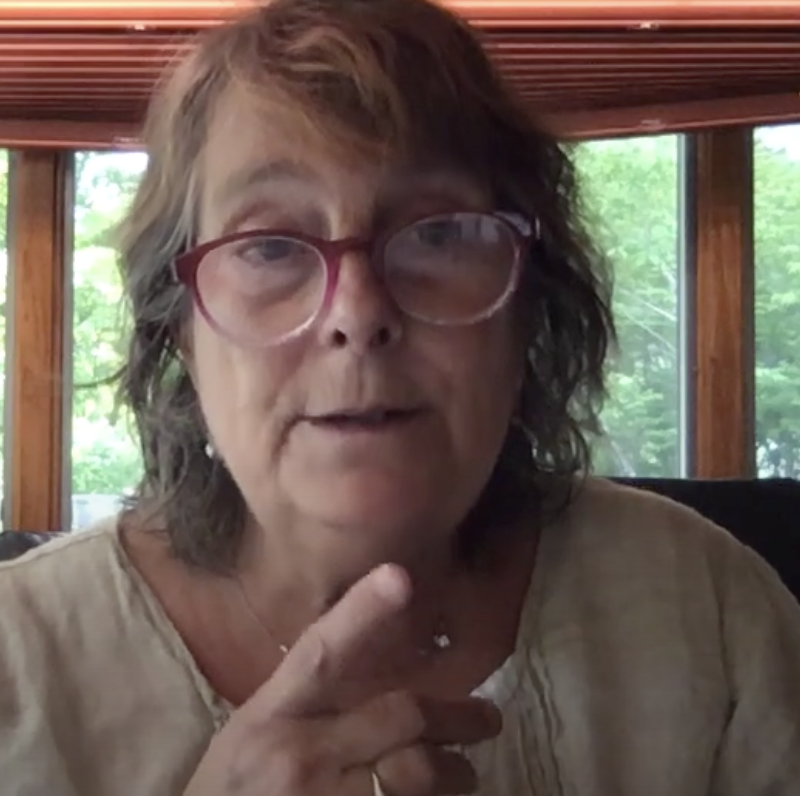
Even though I’ve written many essays about aspects of population, a friend mentioned that I’ve never included songs on the subject. Fortunately, she also pointed me in the right direction. “Freedom to Choose” was written by Bob Blue and Kim Wallach. Kim inspired Bob to write the lyrics after she told him the story of a protester at an abortion clinic. The protestor took her daughter to the same clinic ,when she didn’t want the daughter to have a baby. Unfortunately, Bob is singing in heaven.
Since it is difficult to get much of a tune from this blog, please listen to Kim sing this song at: https://youtu.be/lqPjPOPdgQE
Freedom to Choose
In a clinic on Main Street in Washingtonville
Lost in thought by a window stood Mary McGill
When her eyes met the eyes of a woman outside
Was it rain on her glasses or tears she had cried?
Outside on the picket line Rosemary Flynn
Felt the rain on her face and the anger within
As she stared at that face inside, gentle and warm
That seemed almost to beckon her in from the storm.
And the two women found themselves staring awhile
Recognition, awareness, but never a smile
And there seemed to be some kind of truce in that stare
Until Rosemary Flynn recalled why she was there
Then she held up her sign that said, ”Thou shalt not kill”
And she pointed directly at Mary McGill
And Mary McGill, before starting to turn
Gave a nod to acknowledge Rosemary’s concern
That day Mary counseled a child named Michelle
Who tried hard to seem calm in her personal hell
Mary spoke to Michelle with the tone of a friend
And her gentleness brought Michelle’s calm to an end
Michelle told her story with pain hard to hide
Of her mother and John and the new life inside
She had meant to show love, she had meant no one harm
But her mother felt anger, and John felt alarm
But the new life inside was a life, it was real
With a brain and a heartbeat she wanted to feel
And she wanted that child, she would love it so well
She would build it a heaven to make up for this hell
But she’d end the new life for her mother and John
“I’ll do it,” Michelle said, “for my mother and John.”
These words had an emptiness Mary saw through
“If you do it,” said Mary, “Please do it for you.”
Michelle looked at Mary through the pain and the tears
And Mary saw all of Michelle’s sixteen years
And she thought she saw something of several years more
Or perhaps she had seen Michelle’s face once before
Michelle only murmured the word, “I don’t know”
And she stood, and she turned and she started to go
When Mary made one last request of Michelle
With her parting words, “Take time to think this out well”
That night Michelle’s mother stormed into the place
Not hiding her anger, yet hiding her face
“My daughter came here with a purpose” she said
“Not to have you put foolish ideas in her head
“She’s too young, she’s a girl and the father’s a boy
“And she thinks that a baby is some kind of toy
“Your job was to teacher her, to straighten her out
“Not confuse her, and send her home riddled with doubt”
“My job,” explained Mary, “was not to confuse
“But to make her aware of her freedom to choose
“My job is to make sure the options are known
“You are right she is young, but her life is her own”
Then Mary saw something in this woman’s face
And remembered the person, the time and the place
This woman had labeled abortion a sin
The face in the picket line, Rosemary Flynn.
People often accuse and are quick to condemn
When the issue is safe, and does not affect them
I don’t envy the job facing Mary McGill
I don’t know all the meanings of “thou shalt not kill”
It’s a conflict more simply prevented than solved
But the choice must belong to the woman involved
And I think that the answers come, not from above,
But from us, and our consciences, tempered with love.
Lyrics © Kim Wallach and Bob Blue
